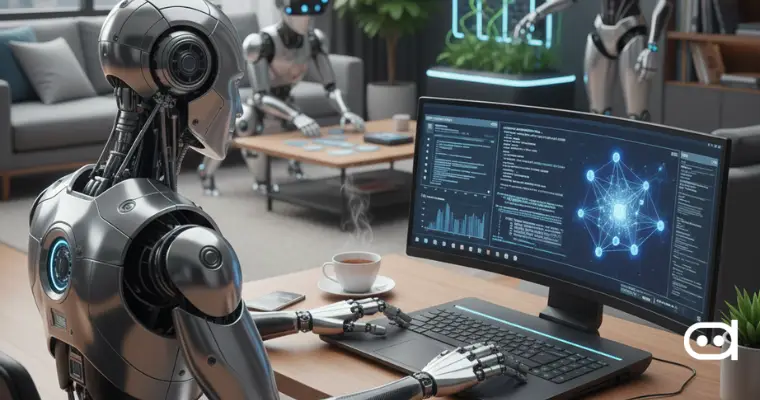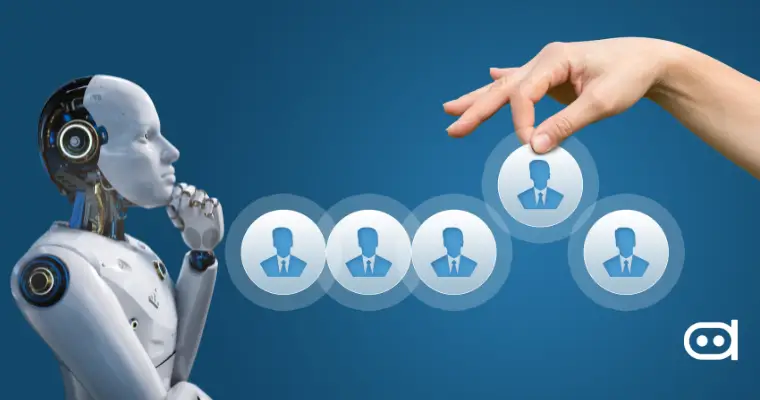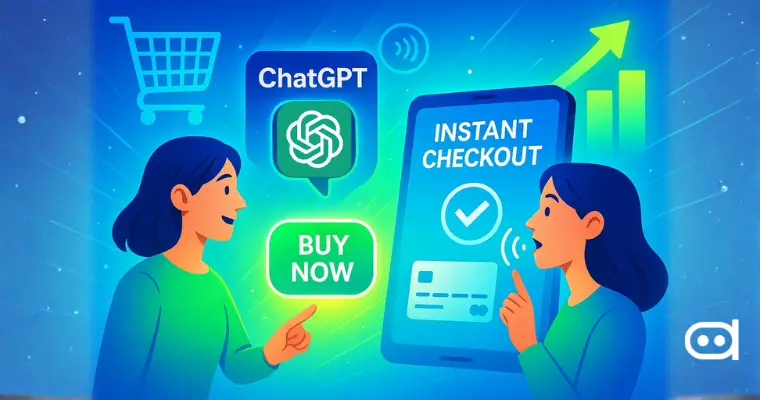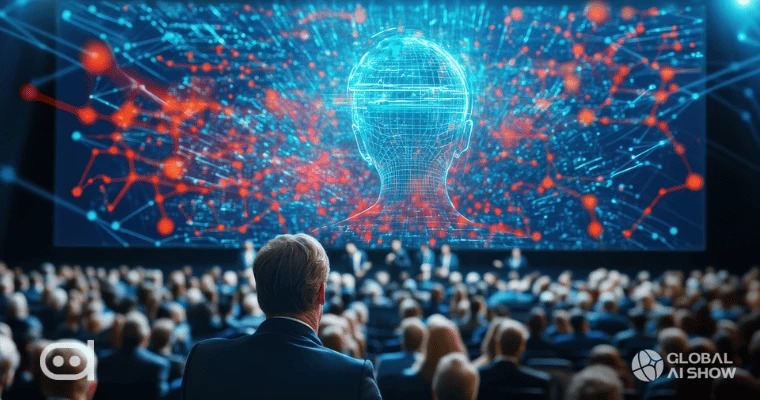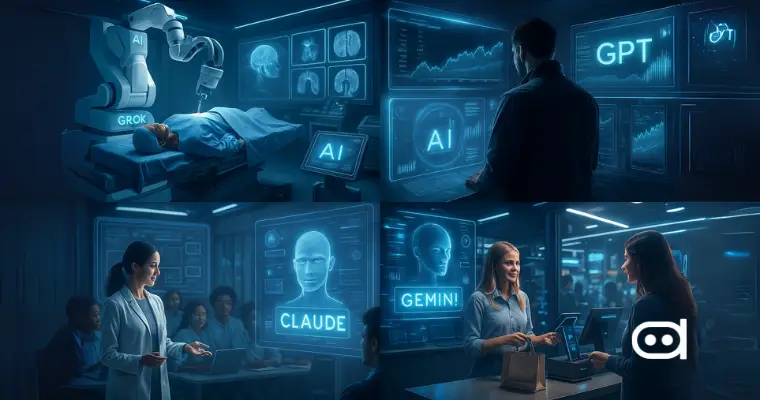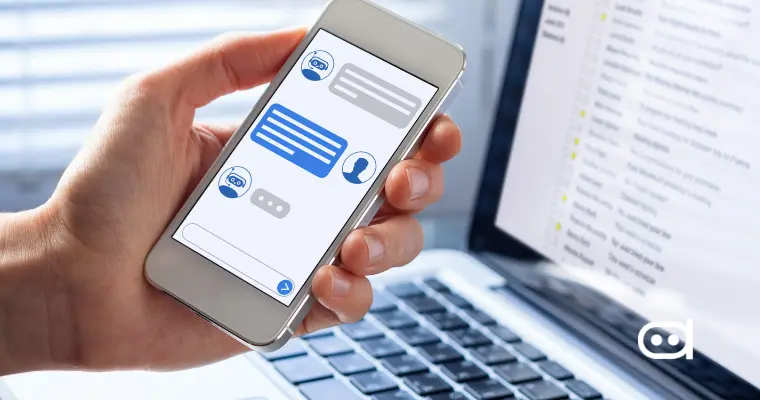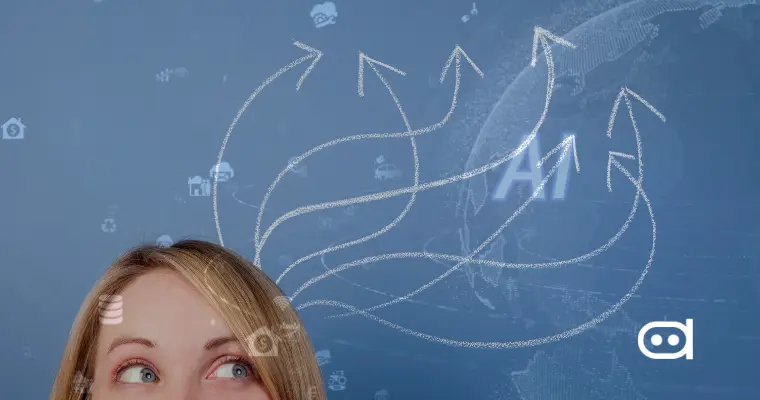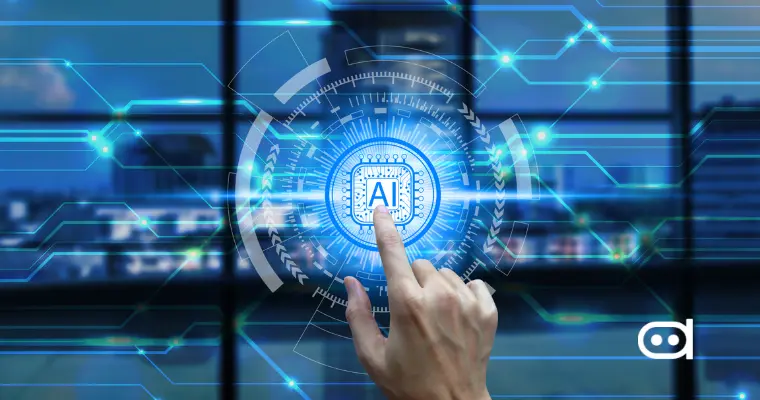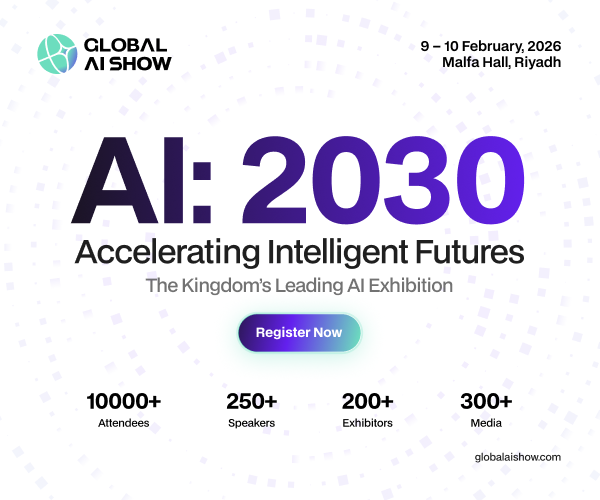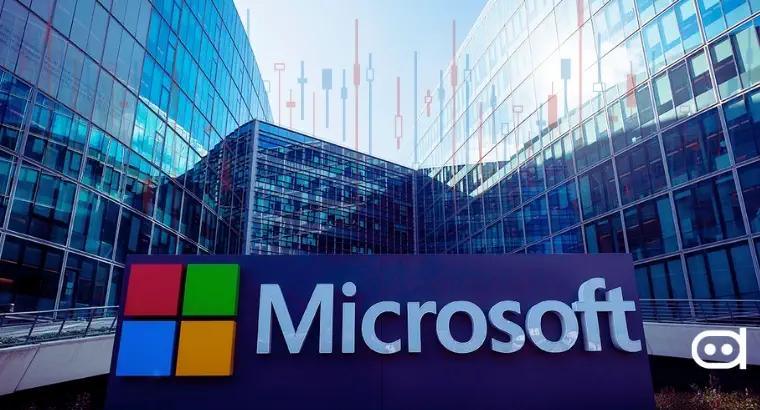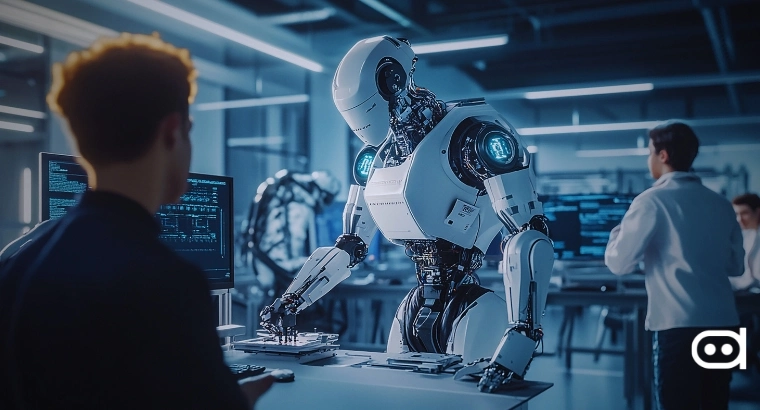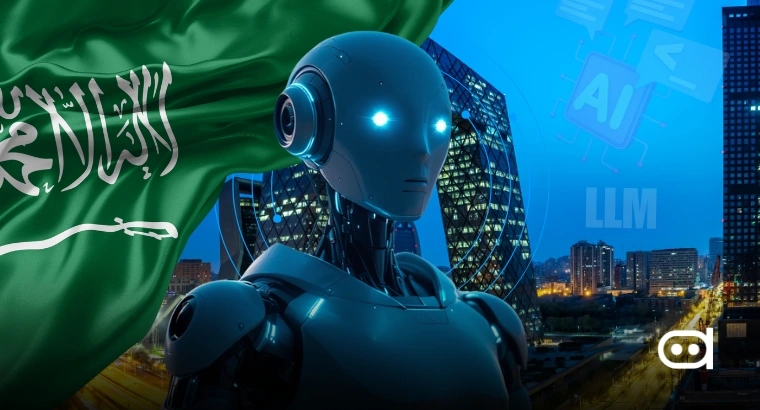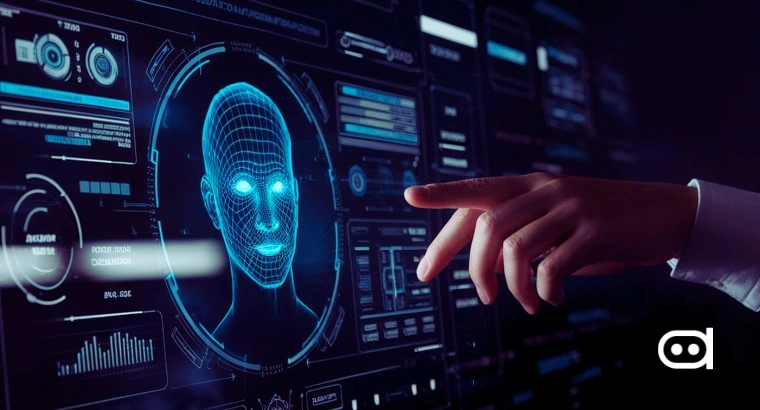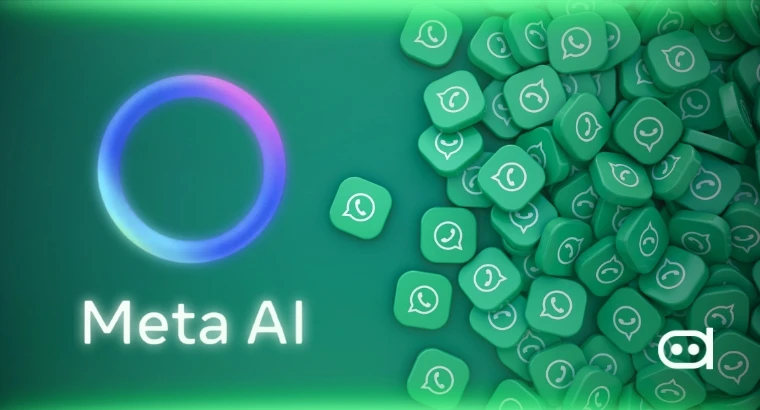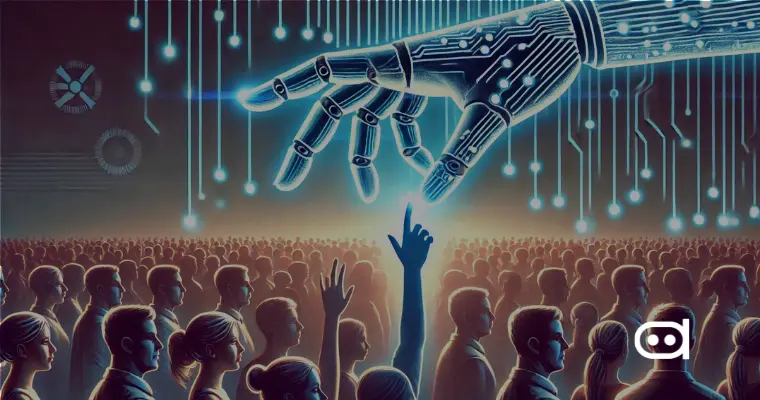
The hiring process has long been prone to biases, which can often influence decisions subconsciously. Such biases exclude many diverse groups from participating and undermine workplace diversity. Eliminating bias in the hiring process and dealing with this problematic area is especially crucial for workplaces that value talent and capability over ability based on features like race and gender.
Understanding Hiring Bias
Hiring bias refers to the preconceptions and assumptions that impede the process of making recruitment decisions. Often present in numerous forms, hiring bias includes:
Unconscious Bias: The unconscious preferences influence decisions without the recruiter’s awareness.
Gender Bias: One gender is generally preferred over the other as a result of stereotypes regarding their capabilities or roles.
Racial Bias: Refraining from hiring candidates solely on the basis of their ethnicity and/or race.
Hiring bias can take many forms, such as choosing a specific set of universities, stereotyping roles based on gender, or defining roles based on cultural assumptions. Traditional techniques frequently fail to recognize and reduce bias in hiring due to their subjective nature, as they lack a standardized system.
How AI Helps in Identifying Hiring Bias
Artificial intelligence tools are currently revolutionizing the recruitment landscape by implementing a technique that provides an objective analysis and then compiles practical insight on how recruitment processes might become bias-free. Data analytics, machine learning, and natural language processing are some of the approaches used to identify patterns and anomalies.
Here are some examples:
Resume Screening Algorithms
The benefits of the AI resume screening process are plentiful. These algorithms are capable of analyzing resumes for patterns suggesting bias. For example, if treatment is not the same for people with distinct demographic features but otherwise have the same profile, such algorithms will detect that. Algorithms can also uncover unintentional favoritism concealed in the hiring criteria.
Identifying Anomalies in Selection Trends
AI tools possess the capability to scrutinize past hiring processes and identify inconsistencies, such as disproportionately low hiring rates among certain groups. The organization can use this information to identify systemic issues and make necessary corrections.
Sentiment Analysis in Job Descriptions
Natural Language Processing (NLP) is used to identify biased language in job postings. These terms usually deter some groups, so AI can certify that job descriptions reach out across boundaries to cover diverse audiences.
How AI Helps in Eliminating Hiring Bias
In addition to identifying biases, AI facilitates their removal through various mechanisms that prioritize equitable and objective hiring practices. Here are some of the key methods that AI employs:
Anonymizing Candidate Information
AI tools can remove all identifying information from resumes, such as names, gender, photos, or addresses. The AI tools will then select candidates solely based on their qualifications and experience-related parameters, thereby reducing the likelihood of bias.
Skill-Based Matching Algorithms
AI gives bias-free importance to the candidate’s skills, experience, and requirements associated with a job instead of demographic attributes. Therefore, by focusing on objective criteria, these algorithms create a leveled ground for all the applicants.
Inclusive Job Descriptions
AI uses NLP tools and can recognize biased words inside job descriptions and remove them, thus making it possible for anybody to appeal to their audience. For instance, candidates can level the playing field by replacing certain words with more neutral ones.
Blind Candidate Screening
This technology screens candidates using automated algorithms that keep demographic information private. AI anonymizes data in the early stages of the recruitment process, reducing the chances of unconscious bias during the hiring process.
Reducing Human Oversight Errors
Human recruiters often unintentionally introduce bias due to various factors such as their personal belief systems or other influences. AI changes the people-centered process to more uniform standards for all applicants.
Benefits of Using AI for Bias-Free Hiring
AI is an effective assistant in recruitment, with many advantages for a fair and inclusive workplace:
- More Diversity and Inclusion: AI helps in eliminating hiring bias so that organizations can build diverse teams and thereby boost innovation and creativity.
- Stronger Employer Branding and Reputation: Fair-hiring companies become all the more attractive to top talent and have a much more favorable public image.
- Enhanced Quality in Decision-Making: Data-driven insights establish hiring decisions that are entirely fair and objective and reduce the potential success of poor matches.
- Increased Retention Rates Among Employees: Equitable practices encompass everything from belonging to experience, better satisfaction, and, ultimately, lower turnover rates.
Future of AI in Recruitment and Bias Elimination
The field of AI recruitment tools seems quite promising at this stage, since newer trends are coming up to enhance AI capabilities. Some of those trends include the following:
- Advanced Bias Detection: AI tools are becoming increasingly sophisticated in identifying subtle forms of bias, such as cultural and linguistic biases.
- Real-Time Feedback Systems: AI hybrid systems will soon provide recruiters with instant information, highlighting possible biases during the decision-making process.
- Integration with Diversity Metrics: AI tools will be aligned to organizational diversity objectives in delivering progress reports and major action areas recommended for improvement.
Laws and standards will be equally determinative in the direction that bias-free AI tools will take in recruitment. The same ethical guidelines that adhere to transparency standards will prevent the misuse of AI resources for hiring.
Conclusion
AI is perhaps the best ally for discovering and eliminating bias within an organization. It helps businesses incorporate fairer and more objective decisions. AI helps automate tasks such as anonymizing resumes, improving and sometimes rewriting job descriptions, and focusing on skill criteria over demographic categories. However, it is crucial to combine these technologies with human intervention to ensure ethical considerations remain intact. AI and human collaboration can result in hiring being fair and effective at the same time while eliminating hiring bias.
